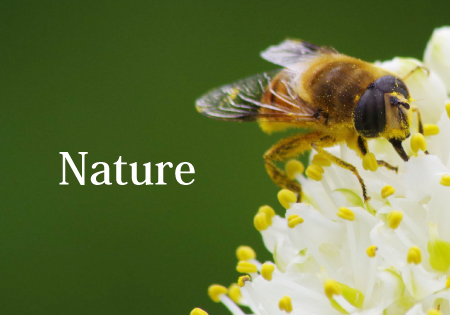TEL: +81(0)287-74-2301 (9:00~17:00) FAX: +81(0)287-74-2302








 Highlighting the beautiful seasonal charms of the Nasu Mountain Range, with suggestions on activities to enjoy in the area
Highlighting the beautiful seasonal charms of the Nasu Mountain Range, with suggestions on activities to enjoy in the area
 Featuring the local culture and hot springs with over 1,400 years of history, as well as the legend of the Sesshō-seki, or “Killing Stone”
Featuring the local culture and hot springs with over 1,400 years of history, as well as the legend of the Sesshō-seki, or “Killing Stone”
 Nasukogen enjoys a deep relationship with the Imperial Family, and is home to an Imperial Villa that serves as their summer retreat.
Nasukogen enjoys a deep relationship with the Imperial Family, and is home to an Imperial Villa that serves as their summer retreat.
The Nasu Highlands (Nasukōgen) have been a popular destination since the first hot
springs were discovered in the seventh century. Today, hiking, camping, skiing,
golfing, museum-going, and other leisure activities—including simply lounging at a
resort—have joined hot springs as the main attractions of the area.
The Nasu Ropeway carries visitors close to the peak of Mt. Chausu, which can be
reached in about 50 minutes on foot from the ropeway station. Alternatively, hikers
can take the 40-minute path to Mugen Jigoku, or “Infinite Hell,” where fumaroles
emit clouds of sulfurous gases. From Mugen Jigoku, hikers can backtrack slightly to
signpost 24 (Ushigakubi Junction), then continue south to Mt. Minamigassan and Mt.
Shirazasa, eventually reaching the Numappara Parking Area. The hike from the
ropeway station to the parking lot takes around 3.5 hours.
The Nasu Nature Study Path is a 7.6-kilometer loop trail that begins at the Nasukōgen
Parking Area and passes Ōmaru Onsen. In the spring, visitors walk through a tunnel
of blooming azaleas, then emerge to a fine view of Mt. Chausu. Yahata Azalea Park,
adjoining the Nasukōgen Parking Area, offers a 1.6-kilometer loop trail that takes
around 30 minutes to hike. The park’s many boardwalks give easy access to guests in
wheelchairs or those who have difficulty with uneven terrain.
Rental bicycles are available for exploring the highlands. Many accommodation
facilities provide pumps, tire patch kits, and other services to cyclists. Taxis fitted
with bicycle racks can be called in the event of a flat tire.